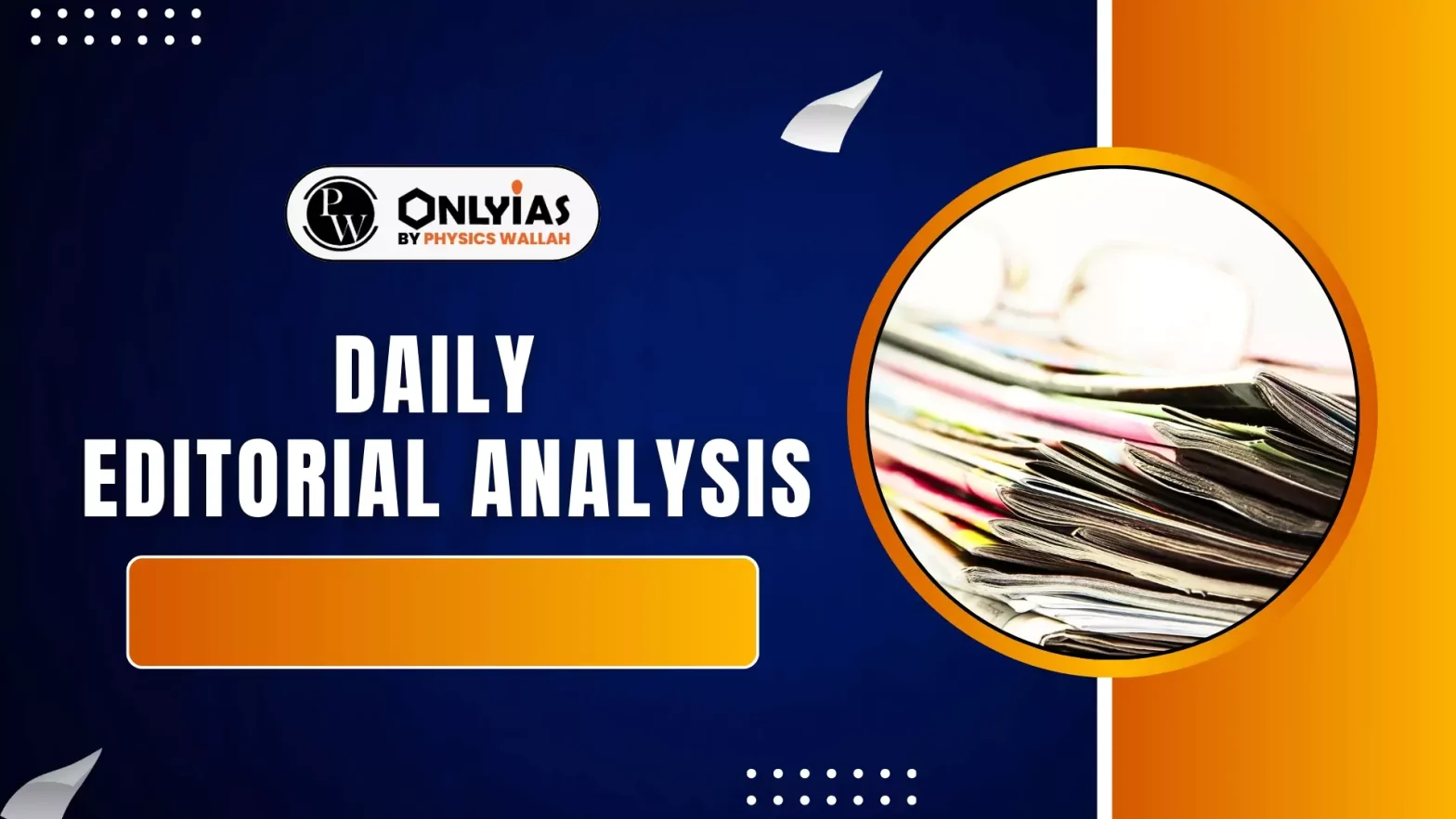Vaccination is a cost-effective public health tool. India’s Universal Immunisation Programme (UIP), the world’s largest, vaccinates 2.6 crore infants and 2.9 crore pregnant women annually, reducing under-5 mortality from 45 to 31 per 1,000 live births (2014–2021).
Strengthening and Accelerating Immunisation in India
- Coverage: Provides free immunisation against 12 diseases across India.
- New Vaccines Added (last decade): Tetanus and Adult Diphtheria, Inactivated Poliovirus, Measles-Rubella, Rotavirus, Pneumococcal Conjugate, Japanese Encephalitis.
- Low Coverage in 2014: National Family Health Survey-4 (2015–16) showed 62% full immunisation coverage.
- Mission Indradhanush (2014): Launched to achieve 90% coverage, targeting children and pregnant women.
- Intensified Mission Indradhanush (2017): Focused on missed and low-coverage populations.
- Achievements by 2023: Across 12 phases, vaccinated 5.46 crore children and 1.32 crore pregnant women.
- Integration with Wider Campaigns: Linked with Gram Swaraj Abhiyan and Extended Gram Swaraj Abhiyan for last-mile delivery
India’s Achievements in Vaccine Coverage
- Polio-Free Status: India has remained polio-free since 2011 through strict surveillance.
- Tetanus and Yaws Elimination: Achieved maternal and neonatal tetanus elimination (2015) and Yaws elimination (2016).
- Measles-Rubella Campaign: Between 2017–19, 34.8 crore children were vaccinated.
- COVID-19 Disruption: Pandemic caused setbacks in routine immunisation, leading to measles outbreaks (2022–24).
- Response Measures: Intensified Mission Indradhanush 5.0, 2023 (IMI 5.0) and Zero Measles-Rubella Elimination campaign (2025) targeted immunity gaps and aimed at 95% coverage.
Integration of Technology in Vaccination Drives
- Cold Chain Strengthening: Improved logistics under Pradhan Mantri Ayushman Bharat Health Infrastructure Mission.
- U-WIN Platform: Digital end-to-end vaccination tracking for pregnant women and children up to 16 years.
- eVIN: Electronic Vaccine Intelligence Network for vaccine stock management.
- National Cold Chain Management Information System (NCCMIS): Real-time cold chain monitoring through.
- Surveillance and Action for Events following Vaccination (SAFE-VAC): Digital module for vaccine safety reporting.
COVID-19 Vaccination and India’s Global Role as well as Recognition
- Launch of COVID Drive: Began on January 16, 2021, shortly after global rollout.
- Coverage Achieved: By 2023, 220 crore doses administered; 97% citizens covered with one dose, 90% with two doses
- Self-Reliance in Production: India relied on domestic vaccine development despite global pressure.
- Vaccine Maitri: India supplied vaccines to low and middle-income countries, reflecting Vasudhaiva Kutumbakam.
- Global Manufacturing Hub: Emerged as the world’s largest vaccine manufacturing hub with Make in India.
- Global Recognition: On March 6, 2024, India received the Measles and Rubella Champion Award from the Measles and Rubella Partnership.
Challenges in India’s Vaccination Drive
- Reaching Remote Areas: Difficulty in vaccinating migratory and geographically isolated populations.
- Awareness and Hesitancy: Clusters with low awareness and vaccine hesitancy pose obstacles.
- Need for Surveillance: Immunity gaps highlight the importance of continuous disease monitoring.
- Anti-Vaccine Narratives: Misinformation campaigns threaten public trust in immunisation.
Way Forward
- Link with Surveillance: Integrate high-quality disease surveillance with immunisation programmes.
- Adopt One Health Approach: Joint monitoring of human, animal, and environmental health systems.
- Strengthen Infrastructure: Expand digital platforms, logistics, and cold chain systems.
- Build Public Trust: Counter misinformation through awareness and community engagement.
![]() 24 Sep 2025
24 Sep 2025

